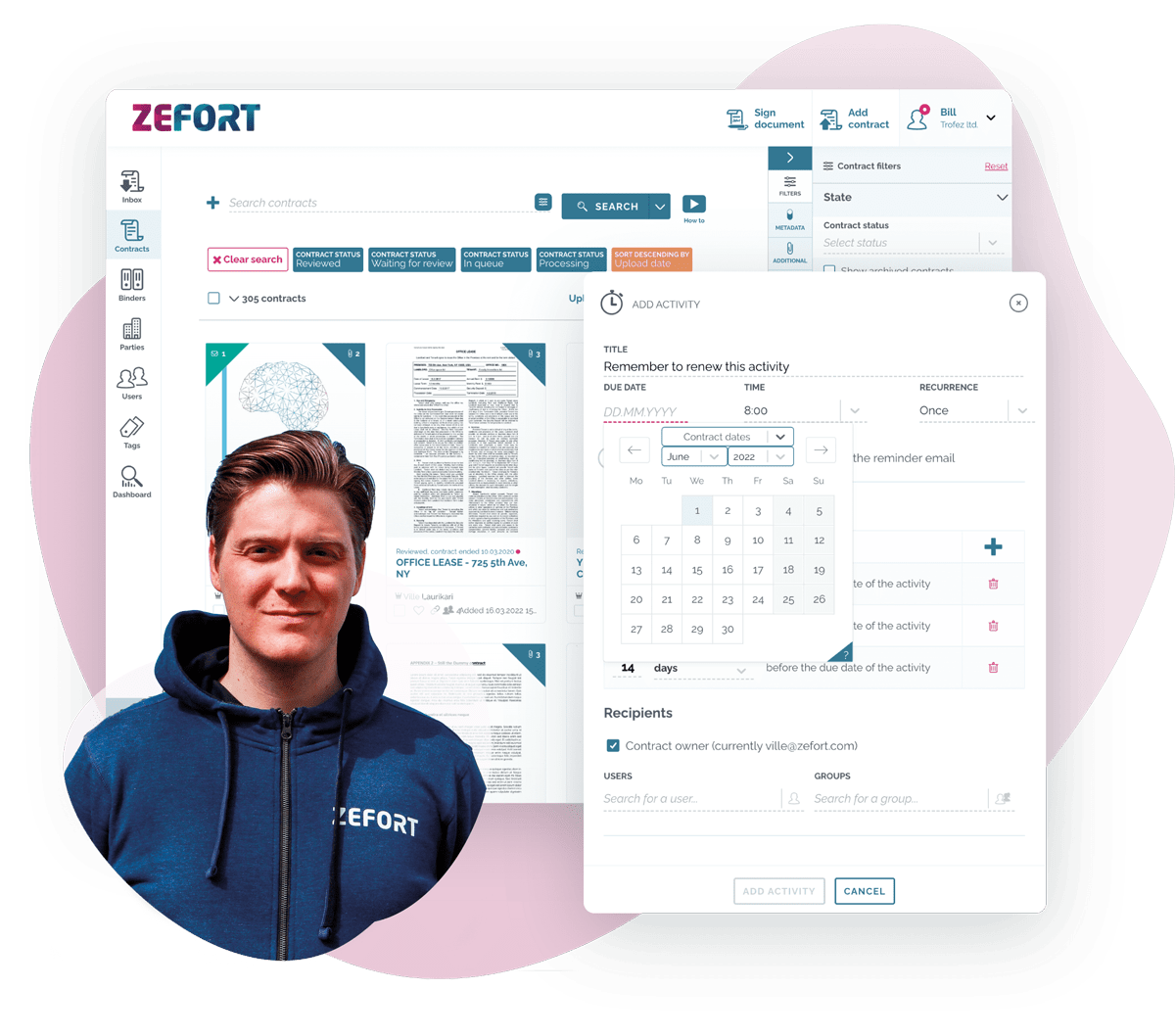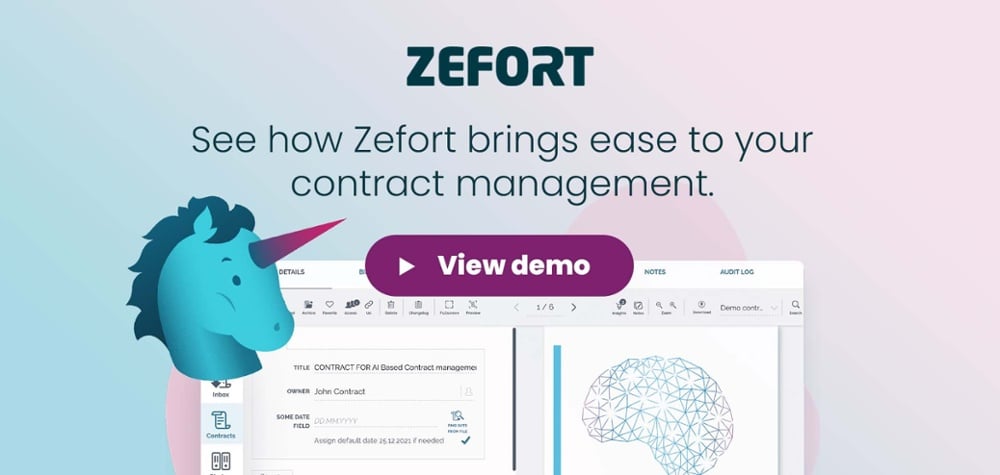Putting Users First: Enhancing Legal User Experience through Legal Design
Imagine a world where navigating the legal system is as seamless and user-friendly as ordering a pizza online or binge-watching your favorite TV show. A world where legal jargon is replaced with simple, easy-to-understand language and complex procedures are simplified into intuitive steps. This might seem like a far-fetched dream, but legal design is here to make it a reality.
By putting users first and enhancing the legal user experience, legal design is transforming the way we interact with the law.
In this article, we’ll delve into the fascinating world of legal design and explore how it is reshaping the legal landscape to be more accessible, user-centric, and ultimately, more just.
What is Legal User Experience?
Legal user experience (UX) refers to the way individuals interact with legal processes and systems to achieve their goals effectively and efficiently. It involves designing user-friendly interfaces, clear instructions, and intuitive workflows that cater specifically to legal contexts. This approach focuses on simplifying complex legal concepts and jargon, making them accessible to non-experts.
By prioritizing usability, legal UX aims to enhance the overall user satisfaction and reduce confusionor frustration often associated with the legal realm. It ultimately strives to bridge the gap between the law and the layperson, enabling individuals to navigate legal processes and systems with ease.
Importance of Design in the Legal Field
Design plays a crucial role in the legal field, particularly in the realm of user experience. A well-designed legal interface – be it a document or a software solution – enhances usability and accessibility, allowing users to navigate complex systems with ease. It simplifies processes, reduces cognitive load, and ultimately improves efficiency. Furthermore, effective design can instill trust in clients, making them feel more confident in the legal services they receive.
By prioritizing design, the legal field can create user-centered experiences that enhance productivity, streamline workflows, and ultimately deliver better outcomes for clients. The importance of design in the legal field should not be underestimated.
Goals of Enhancing Legal User Experience
The primary goals of enhancing legal user experience are:
- Simplifying legal processes: By streamlining complex legal procedures and eliminating unnecessary jargon, legal user experience aims to make it easier for individuals to navigate the legal system.
- Increasing accessibility: Legal information and services should be readily available and easily understandable to ensure that everyone has equal access to justice.
- Promoting transparency: Providing clear and concise information helps to build trust and confidence in the legal system, ensuring that users understand their rights and obligations.
- Improving efficiency: By embracing technology and digital tools, legal user experience aims to automate repetitive tasks, reduce paperwork, and expedite the resolution of legal matters.
- Empowering users: The goal is to empower individuals to make informed decisions by providing them with user-friendly resources that explain legal concepts and procedures in an accessible way.
- Prioritizing user needs: Tailoring legal services to meet the specific needs and preferences of users ensures a more personalized, effective, and satisfactory experience.
Understanding User Needs in Legal Services
User Research Methods for Legal Services
User research methods for legal services include surveys, interviews, and usability testing. Surveys are a quick way to gather quantitative data and understand users’ needs. Interviews help uncover qualitative insights and provide in-depth understanding of user experiences and pain points. Usability testing allows researchers to observe users navigate through legal services, identifying areas for improvement.
Combining these methods helps legal service providers gain valuable insights into their users’ needs, preferences, and behaviors. By incorporating user research into the design process, legal services can be tailored to meet the needs and expectations of their users, ultimately improving the user experience.
Interviews and Surveys
Interviews and surveys play a crucial role in understanding the user experience in legal settings. By interviewing legal professionals and users, valuable insights can be gained regarding their needs, pain points, and expectations. Surveys allow for gathering data from a larger audience, providing a broader perspective. Conducting interviews lets researchers dive deep into specific user experiences and obtain qualitative information.
Surveys, on the other hand, deliver quantitative data that can be analyzed statistically. Both methods complement each other and contribute to designing user-centered legal solutions. These techniques facilitate identifying common patterns, uncovering issues, and informing the development of user-friendly legal tools and processes.
Observation and User Testing
- Observation and user testing are critical components of designing an effective legal user experience.
- By closely observing users in their natural environment, designers can gain valuable insights into their behaviors, needs, and pain points.
- User testing allows designers to validate their assumptions, identify usability issues, and refine their designs based on real user feedback.
- Through careful observation, designers can uncover hidden problems or opportunities that may not have been apparent otherwise.
- User testing helps ensure that the final product meets the needs and expectations of its intended users.
- By incorporating both observation and user testing into the design process, legal professionals can create user experiences that are intuitive, efficient, and tailored to their specific audience.
Identifying Pain Points and Challenges
Understanding the pain points and challenges of legal users is crucial for improving their experience. One common issue is the complexity of legal terminology, which can cause confusion and make it difficult for users to navigate the system. Another challenge is the overwhelming amount of information that needs to be processed, leading to information overload and potential errors. Additionally, the lack of user-friendly interfaces and intuitive design pose significant hurdles for legal users. By addressing these pain points and challenges, legal professionals can streamline the user experience and enhance efficiency.
Complexity of Legal Terminology
Legal terminology is notorious for its complexity. It often consists of long and convoluted words and phrases that are difficult for the average person to understand. This high level of complexity creates barriers for individuals seeking to access and navigate the legal system. It can lead to confusion, frustration, and a lack of trust in the law.
Simplifying legal terminology is crucial for improving the overall user experience, ensuring everyone can understand and engage with the legal process effectively. By using clear and plain language, legal professionals can enhance accessibility and make the law more inclusive for all.
Lengthy and Confusing Legal Documents
Lengthy and confusing legal documents can be a nightmare for users. They’re stuffed with jargon, excessive legalese, and convoluted sentences. It’s an overwhelming experience that leaves most people scratching their heads. Users struggle to understand their rights and obligations, often missing crucial information buried in the verbiage. This results in frustration and can even have serious consequences.
The complexity of legal language contradicts the purpose of these documents, which is to inform and protect the user. Simplifying the language and structure of legal documents is essential for improving the user experience, enabling users to easily understand their rights and navigate through the legal landscape.
Design Principles for Legal user experience
Simplicity and Clarity
People accessing legal information or services should be able to understand and navigate them easily. Plain language and simplified terms are key to ensuring that legal content is accessible to everyone. Avoiding jargon and legalese helps to make complex legal concepts more understandable. Well-organized information, clear headings, and intuitive navigation further enhance user experience.
By reducing complexity and providing clear instructions, legal services become more user-friendly and facilitate better access to justice for all.
Visual Hierarchy and Information Organization
Visual hierarchy and information organization play a crucial role in ensuring an effective user experience in the legal field. By strategically arranging elements on a webpage, designers can guide users’ attention to the most important information and actions. Clear headings, consistent formatting, and logical sequencing help users quickly navigate complex legal documents or websites.
Prioritizing content through size, color, and contrast also aids in emphasizing key points and important details. Implementing visual hierarchy and organizing information thoughtfully enables users to process legal information efficiently and enhances their overall experience.
Clear and Accessible Navigation
Users should easily find their way around a website or app without confusion or frustration. This means using intuitive labels, organizing information logically, and providing clear signposts and cues. A well-designed navigation system helps lawyers, clients, and other users locate the information they need with minimal effort.
Improving Legal Document Accessibility
Utilizing Visual Aids
Visual aids play a crucial role in enhancing the legal user experience. Complex information can be simplified and communicated more effectively through clear visuals. Infographics, charts, and diagrams can help users comprehend legal terms, processes, and concepts quickly. Visual aids can also aid in highlighting key points and organizing information, improving user engagement and understanding. By visually presenting data or arguments, legal professionals can engage their audience and minimize potential confusion.
Additionally, illustrations and visuals can improve memory retention and make legal content more accessible and user-friendly. In the realm of legal user experience, visual aids are invaluable tools for presenting information in a digestible and engaging manner.
Providing Contextual Help and Explanations
Legal jargon can be overwhelming for users without a legal background. To simplify the experience, providing contextual help and explanations is crucial. Use tooltips or pop-up windows to define complex legal terms and phrases in plain language. Additionally, incorporate relevant examples or case studies to illustrate how these legal concepts apply in real-life situations. This will enhance user understanding and reduce confusion, enabling them to navigate the legal process with greater ease.
Designing Intuitive Legal Processes
Streamlining Complex Legal Procedures
Streamlining complex legal procedures is crucial for enhancing the user experience in the legal field. By simplifying and organizing convoluted processes, legal professionals can save time, reduce costs, and improve overall efficiency. One approach is to digitize documents and automate routine tasks, enabling easy access and seamless collaboration.
Additionally, clear and user-friendly interfaces in legal software can help users navigate complex legal systems with ease. By focusing on user needs and eliminating unnecessary steps, the legal experience can be optimized, ensuring smooth and effective outcomes for all parties involved.
Creating Step-by-Step Guidance
- Break down complex legal processes into simple and easy-to-follow steps.
- Use clear and concise language, avoiding jargon and technical terminology.
- Structure the guidance in a logical order, ensuring each step builds upon the previous one.
- Provide examples or illustrations when necessary to clarify instructions.
- Use headings and subheadings to improve readability and allow users to quickly find the information they need.
- Include visual cues, such as icons or symbols, to help users navigate through the guidance.
- Incorporate interactive features, such as clickable buttons or checkboxes, to enhance user engagement.
- Test and iterate the guidance with representative users to ensure it is intuitive and effective.
- Consider incorporating multimedia elements, such as videos or audio clips, to further demonstrate complex concepts.
- Regularly update the guidance to reflect any changes in legal requirements or procedures.
Offering Clear Progress Indicators
When navigating through legal processes, it can be frustrating for users to feel like they’re in the dark. Clear progress indicators can alleviate this frustration and enhance the user experience. By providing users with visual cues and updates on their progress, they can have a better understanding of where they stand in the process. This helps them feel more in control and reduces anxiety.
Integrating Technology for Legal User Experience
Implementing Online Platforms for Legal Services
By digitizing various processes, such as document preparation and submission, these platforms enhance efficiency and accessibility. Users can easily upload and access important legal documents from anywhere at any time, minimizing the need for physical visits to law firms.
Additionally, interactive features like chatbots and virtual assistants offer prompt support to clients, increasing convenience. However, it is crucial to prioritize security and privacy when implementing online platforms, ensuring that sensitive information is safeguarded.
Developing Mobile Applications for Legal Assistance
Developing mobile applications for legal assistance is crucial in improving accessibility to legal services. These apps provide users with a convenient way to access legal information, connect with lawyers, and seek guidance on legal matters. By offering a user-friendly interface, these apps ensure a seamless experience for individuals seeking legal help. They enable users to find relevant legal documents, research cases, and even schedule appointments with attorneys.
Additionally, mobile apps can simplify complex legal processes, making them more understandable and less intimidating for users. With the increasing reliance on smartphones, developing mobile applications for legal assistance is a smart move in enhancing the overall legal user experience.
Utilizing Artificial Intelligence and Chatbots
Utilizing Artificial Intelligence (AI) and chatbots can greatly enhance the legal user experience. AI-powered chatbots can efficiently handle routine tasks, such as answering frequently asked questions and providing basic legal information. By automating these processes, users can get quick and accurate responses, saving them time and effort.
Additionally, chatbots can assist with legal research, analyzing vast amounts of data and providing relevant insights. This technology also enables personalized interactions, as chatbots can learn and adapt to individual user preferences and needs.
Embracing User-Centered Design for Legal Services
Embracing user-centered design for legal services is crucial in today’s digital era. It involves understanding and meeting the needs of users, such as clients and lawyers, to improve their experience. By leveraging technology and human-centered approaches, legal professionals can develop user-friendly platforms that simplify complex legal processes.
Continued Efforts in Improving Legal User Experience
Law firms and legal professionals are increasingly realizing the importance of delivering a user-friendly experience to their clients. To enhance this, technology solutions such as legal software and online platforms are being utilized. These platforms aim to simplify legal processes, provide transparent communication, and ensure easy access to legal information.
Additionally, law firms are focusing on enhancing their website usability, incorporating clear navigation and intuitive design. Continuous efforts are being made to make legal services more accessible, efficient, and personalized, ultimately improving the overall legal user experience.
Key takeaways
Legal Design is a practice that aims to improve the user experience in legal matters by making legal information and processes more user-friendly and accessible. By applying principles of visual design, plain language, and user-centered design, Legal Design seeks to simplify and clarify complex legal concepts and procedures.






